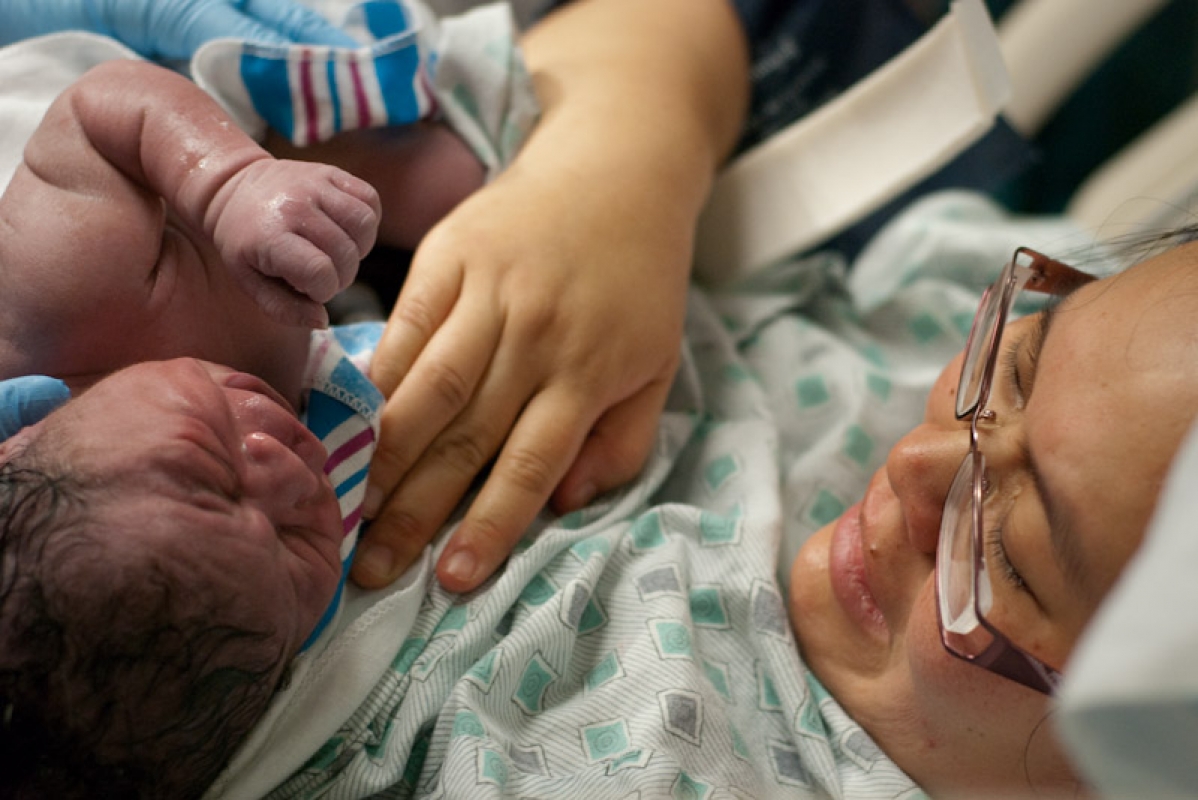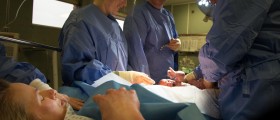If you are currently looking into having a vaginal birth after cesarean section, also commonly abbreviated as VBAC, you may be in for more than a few surprises. The first one is that VBACs are actually quite hard to obtain, and a lot of gynecologists/obstetricians will not work with VBAC patients at all. The second is that, if you do get permission to have "a trial of labor after c-section", your medical team will almost certainly insist that you have epidural anesthesia. Why?

The reason that some doctors personally don't feel comfortable attending to VBAC mothers is the increased risk of uterine rupture. A ruptured uterus with a baby still inside certainly sounds like the scary emergency that it is, and there really ins't a lot of time to get the baby out and save the mother and perhaps her uterus, if this happens.
The risk is quite small, but the consequences are dire if this does happen.The medical research on what is safer, a repeat cesarean section vs a vaginal birth after cesarean, is very much divided. One thing is clear, though a planned and scheduled c-section is a lot safer than an emergency cesarean, and an emergency cesarean is more dangerous for a VBAC mom than it is for a first-time cesarean mom.
The epidural is there so that one part of the process of preparing for a c-section, the anesthesia, is taken care of already in case your VBAC gets complicated. All the medical team will need to do to give you appropriate anesthesia for a cesarean if you already had an epidural placed is to turn the dosage up a bit, so that the c-section can commence.
If you don't want an epidural during your VBAC, you may be able to negotiate this but if you need a c-section in the end, it might be under general anesthesia, which means you can't see your baby being born.















Your thoughts on this
Loading...